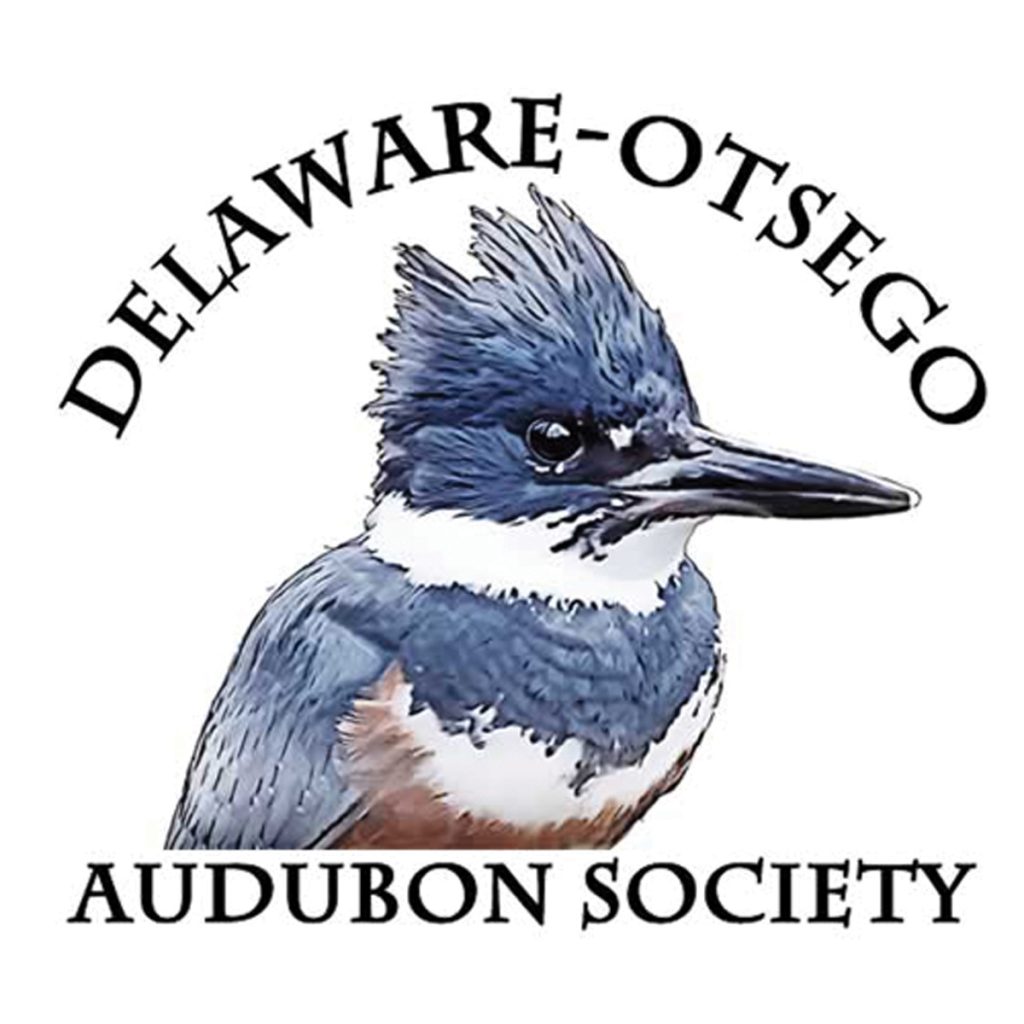News from the Noteworthy by Delaware-Otsego Audubon Society
Birds, Climate Change, Ways to Make an Impact

In 2019, a group of 11 researchers published a report in “Science” magazine documenting the staggering loss of “3 Billion Birds” (about one quarter of the entire North American bird population) since the 1970s.¹ Also in 2019, the National Audubon Society released “Survival by Degrees: 389 Bird Species on the Brink,” which compiled bird population data and projected the impacts to birds resulting from climate change in different warming scenarios.² Their interactive, online tools allow users to track anticipated changes to bird territories and population changes throughout the U.S. that are likely to come about as a result of climate change stressors. According to data from the U.S. Fish & Wildlife Service, the number of endangered and threatened species in the U.S. has grown from 70 species in 1967 to 1,725 species in 2024.³ Based on these reports and others, it is apparent that our environment is in dire need of attention.
Actions are being taken to address some of the causes for declines, with work toward carbon reduction and better regulation of industries and corporations. Many of these are beyond the purview of most individuals. However, change can also occur through large-scale individual actions.
As a regional bird conservation organization, the Delaware-Otsego Audubon Society works to engage people in our communities in learning about birds and connecting to nature through our programming. People protect and care for the environment, habitats, and wildlife when they have a connection with them.
These are some of the things DOAS does, in addition to traditional bird hikes:
- Plant sale fundraisers that help educate about the importance of using native plants in our landscape to provide food and habitat for insects that birds rely upon.
- Our fall Hawkwatch at the DOAS Sanctuary on Franklin Mountain to provide opportunities to educate about the importance of bird population research, and how data can direct us toward actions that can help birds.
- Our “third Friday” program series to shed light on other conservation initiatives, wildlife, habitats and environmental concerns—to bring greater awareness to our local communities. (Our February 16 program is about invasive species in our region.)
Individual actions have an impact—and when many people take similar actions, the benefits add up. Here are a few things we can each do to help birds:
- Use protective systems to reduce window collisions at your home or business.
- Keep cats indoors and avoid using pesticides around your home.
- Try planting native plants on your property and replace some of your lawn.
- Reduce your use of plastics and switch to shade-grown coffee.
There are also local citizen science projects that you can get involved with—monitoring local waterways, counting birds for research, helping report invasive species and taking action to eradicate these are a few examples.
Delaware-Otsego Audubon Society envisions a healthy world where people and wildlife thrive and natural resources are protected. They protect our natural environment and connect people with nature to benefit birds and other wildlife through conservation, education, research and advocacy. If you would like to learn more, visit the DOAS website at https://doas.us, subscribe to our e-mail list or become a member!
¹https://www.birds.cornell.edu/home/wp-content/uploads/2019/09/DECLINE-OF-NORTH-AMERICAN-AVIFAUNA-SCIENCE-2019.pdf
²https://www.audubon.org/climate/survivalbydegrees
³https://ecos.fws.gov/ecp/report/species-listings-by-year-totals
Susan O’Handley is a Delaware-Otsego Audubon Society board member and DOAS education and publicity chair.

